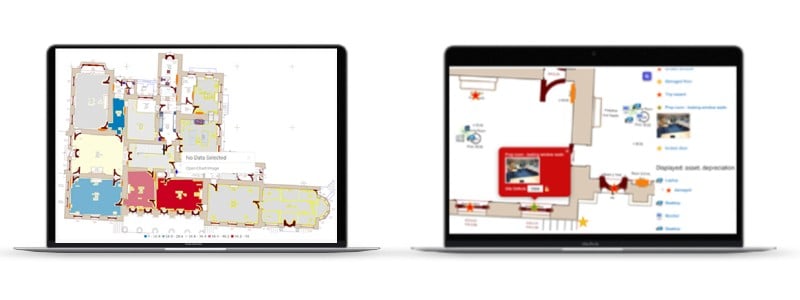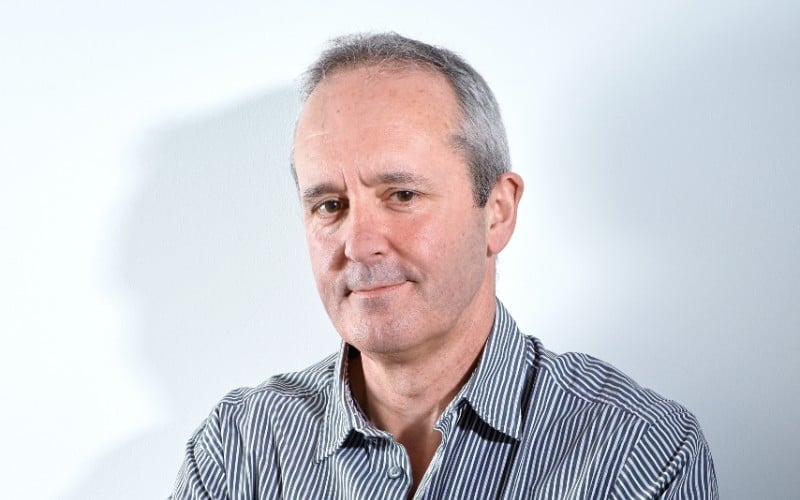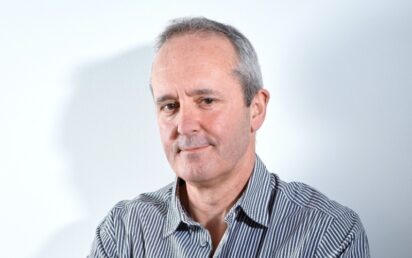A long and distinguished career in technology was prompted by the most unusual of incidents – a hang-gliding accident.
Steve Voller, now aged 60 and CEO of visual asset management software firm Altuity Solutions, was 23 when he was caught in turbulence caused by cliffs in Suffolk back in the 1980s.
“It was a particularly freezing cold day in January and great soaring conditions,” he recalls to BusinessCloud. “I’d been up for a while then come down for a break, but the wind had risen when I took off again.”
The cliffs cause complex air movements and these, allied to the increase in wind speed, put him in something of a spiral from 50 feet up.
“It became increasingly difficult to control what I was trying to do. I was fighting a losing battle. There’s a point where you realise things have gone too far and something bad is gonna happen… ‘this is gonna hurt!’”
Then working in reinsurance, Voller had recently become his company’s departmental IT rep as computerisation was beginning to take off.
“I was looking at how this IT stuff could potentially impact upon our work. I found it really, really interesting and absorbing,” he says.
“Following the accident, I spent three months in hospital with a broken right leg. It was one of those moments when you have time to think: what am I actually doing? I realised I was more interested in IT than my actual full-time job!”
Once recovered, he left to obtain an IT degree from Plymouth Polytechnic before joining US database giant Oracle, working out of Bristol then Manchester on the corporation’s highways development team.
After founding PSBS, focused on coordinating streetworks activities for local government, his second company Exor Corporation was incorporated in 1995. He ran it as COO for more than a decade before exiting to Bentley Systems in 2009.
He stayed on as industry solutions director for the US infrastructure software firm for four years before leaving to found his latest venture: visual facilities and asset management software company Altuity Solutions, which featured on our PropTech 50 ranking last year.
https://businesscloud.co.uk/proptech-50/
“I’m just not a corporate kind of guy. Bentley Systems is a very good company, but I needed to go off and start something new and fresh,” he says.
Founded in 2015, Bristol-based Altuity’s visual solution helps with the creation of safe and well-maintained buildings. This could mean the placement of new pipes and cables on a construction site, or facilities management tools for existing or new buildings.
Providing bird’s-eye two-dimensional views of data such as mapping assets or jobs on floor plans, with the evolution of technology the company has added the ability to open up a real-world view of a space in 360° and to virtually walk buildings.

“I’ve always had this vision of a visually-led solution. Right from the get-go, the whole system was based around using maps and interactive plans which people can upload onto the system and use to manage data directly,” Voller explains.
“With the arrival [and increased affordability] of 360-degree imagery, you can click on an item on the floor plan and it comes up with a 360-degree image of that room – it’s a bit like Google Streetview but inside a building.
“The new work we’ve been doing is part of the original vision to move more into a completely 3D world: for example, if you look at the capability of the new Apple hardware, you can actually create 3D scans on an Apple iPhone or an iPad.
“With older buildings, there is a lot of interest now in retrofitting to improve their sustainability and reduce energy emissions.”
The technology can be licensed in many ways, depending on the industry: for example, a school using facilities management tools are charged per pupil rather than site size, as the former directly affects their level of income. Voller says the aim is to provide affordable tools to those traditionally excluded by expensive, enterprise-focused solutions.
He adds: “Altuity has been different from my other businesses because it is new software, a new company and new markets. There are challenges across three different areas and no hard legislative drivers for people to adopt the software.”
Does he have any plans to retire? “I’m going to keep working full-time for the next five years minimum,” he says. “After that, as the business will have carried on growing, I’d ideally like to step back and adopt a chair-type position rather than being involved in the day-to-day side of the organisation.
“Do I ever see myself stepping back completely? No. I need to be doing something… the business side of things helps to keep you mentally invigorated. And I like the challenge as well.”


